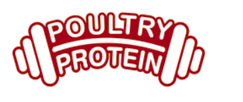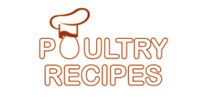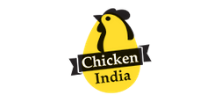Increasing Profit in Free-range Poultry Production Systems through Improved Welfare: Use of Nutritional Interventions
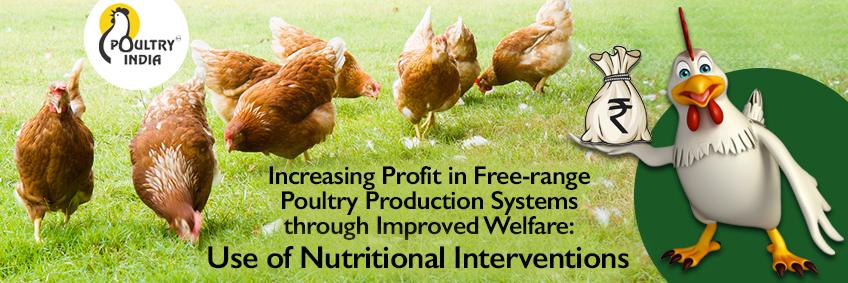
Summary
Improperly managed behaviour in hens flock brings stress to birds, increases dietary energy and nutrient requirements, and reduces the profitability of producers.
Nutritional interventions such as dietary protein supply can reduce stressful behaviour by supplying required amino acids, whereas dietary fibre reduces aggression in flock by altering time-budget for aggressive activities.
Studies presented here indicate that nutritional interventions which reduce aggressive behaviour in hens increase hen-day production and liveability of hens by at least 10 per cent.
Conservative calculations based on current market prices indicate that the dietary interventions presented here can increase profitability in hen flock by at least 20 per cent; consequently, such nutritional interventions should be considered when formulating policies for guiding free-range hen raising.
Introduction
The close relationship between bird welfare and productivity lies in the fact that birds require energy for activities that they perform. Because of the constraint of the energy budget, the energy (ultimately coming from the diet) could be diverted to useful (production) or wasteful (stress avoidance or coping) activities. Birds exposed to poorer welfare will use more of their dietary energy to cope with their stressful condition and ultimately have less energy for productive purposes. Because of the increased activities in free-range chickens (Lomu et al., 2004), there is also an increased demand for dietary energy, which will need to be met either through provision of extra dietary energy or by the bird diverting some of the energy away from productive purposes.
It must be recognized that because no production system is stress-free, the feasible objective is to reduce stressors to the barest minimum. This is because there is a positive linear relationship between daily energy expenditure and daily metabolizable energy intake as has been demonstrated in captive birds (Sedinger et al., 1992).
The impact of stress on maintenance requirement and production is well illustrated in Figure 1 below in which three scenarios of normal stress, increased stress uncompensated, and increased stress compensated situations are presented. The compensation for stress, as shown in scenario 3, is the provision of additional dietary energy to meet increased demand. In both scenarios 2 and 3, profit margin to the farmer is reduced either because of low productivity of the birds (scenario 2) or because of increased feed cost (scenario 3), especially because feed alone can account for more than 60 per cent of the total cost of production. Consequently, there are both economic and ethical incentives to improve welfare of chickens in free-range systems.
It is common knowledge that productivity can be enhanced through nutritional interventions but nutrition can also influence bird behaviour. Clearly there are many nutritional approaches that can be used to beneficially modify behaviour but two approaches related to the use of protein and dietary fibre are presented here.
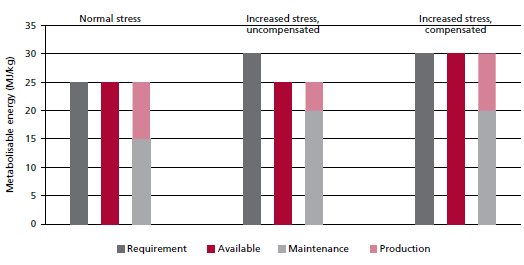
Reducing Feather Pecking by Modifying Dietary Crude Protein Level and Source
An increasing number of eggs produced for consumption are from free-range hens and there are markets for free-range broiler chickens as well as for organic chickens. It is a requirement for free-range birds produced in the European Community that the outdoor to which the birds have access to be covered with mainly vegetation. This requirement for free-range poultry presents a nutrition problem because poultry nutrition is a precise science and dietary supply must closely match nutrient requirement.
On the other hand, exposure of birds to the free range is fraught with many unknowns. Some of these are related to the knowledge deficit of the exact contribution of pasture to nutrient intake as well as the nutritive quality of the pasture itself. However, it is known that when birds are introduced to the pasture, a considerable portion of their menu includes vegetation which may offer very little nutrient, except fibre and some vitamins. Although the birds may supplement their protein intake by consumption of insects, it may be difficult to ascertain that the birds have received adequate quantity of high-quality protein especially if the use of animal protein in diet is prohibited.
This may be one of the reasons why feather pecking and associated cannibalism are very likely to occur in free-range hens. Effects of dietary protein on feather pecking behaviour may be due to inadequate supply of protein or specific amino acids, or may depend on the type of protein fed. Inadequate protein supply or provision of low-quality protein is a real possibility when birds are fed low-protein diet or exclusively vegetable proteins. Protein deficiency is closely associated with increased feather pecking behaviour (Ambrossen and Petersen, 1997) and birds receiving lower protein than required have greater feather pecking mortality than those receiving higher dietary protein. In addition, birds receiving inadequate amino acids in their diets may have poor plumage development which will encourage feather pecking. In fact, greater feather pecking and associated mortality have been observed in diets with suboptimal amino acids supply (Van Krimpen et al., 2005).
Although practical evidence indicates that feeding of exclusively vegetable proteins may increase the incidence of feather pecking, there is little empirical evidence. One study (Richter and Hartung, 2003) indicated greater incidence of feather pecking related mortality in hens receiving vegetable protein than in those receiving animal protein. Other studies either reported no differences in production or behaviour, or differences in behaviour but not in production. McKeegan et al. (2001) observed that pullets receiving plant protein had greater incidence of vigorous pecks and pulls compared with those receiving fish meal although this was not associated with reduced productivity. Evidently, the inconsistencies in feather pecking behaviour and production responses in hens when fed different types or levels of dietary protein can be attributed to many factors including the genetics of the birds, diet type and experimental conditions. Nevertheless, the studies provide compelling evidence that feather pecking behaviour can be influenced or reduced in hens especially by dietary protein supply.
Dietary Fibre Influences Pecking Behaviour
Esmail (1997) showed a direct relationship between dietary fibre content and incidence of feather pecking and associated mortality. Generally, the incidence of feather pecking decreases with an increase in the level of dietary fibre. The insoluble fibre type appears to play an especially important role in indirectly modifying birds’ behaviour. Insoluble fibres are nutrient diluents. They contribute little nutrition to the bird but encourage more rapid gut fill because of their bulky nature. Consequently when birds consume diets that are high in insoluble fibres, they spend more time eating and hence less time on the vice of feather pecking. Huber-Eicher and Wechsler (1998) showed that birds that spent more time foraging spent less time pecking other birds. Hartini et al. (2002) showed that dietary indigestible fibre decreased feather pecking and cannibalism in laying hens which suggests that dietary fibres may be an important dietary intervention to address feather pecking behaviour. In their report, Hartini et al. (2003) demonstrated that feeding high-fibre diets to laying hens decreased the incidence of 'escapes' and increased feeding activity (Figure 2).
Although there may be no simple explanation for how fibre inclusion in the diet influences behaviour, it is conceivable that because birds must balance their dietary needs with nutrient-diluting effect of fibre, a high level of fibre in the diet will consequently force the bird to spend more time eating in order to satisfy its energy need. Mortality, mostly related to feather pecking, has been shown to be lower in laying hens presented with diets containing high level of dietary fibre. It is possible to mix provision of more fibre with supply of adequate protein because the animal will eat to satisfy its requirement. Nevertheless, the need for fibre must be balanced with making sure that the requirement for other nutrients is met in order to ensure that production does not suffer.
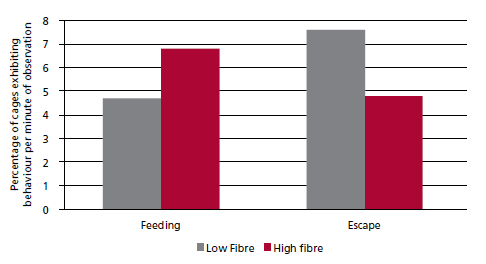
How Nutritional Strategies Improve Profitability
As indicated previously, poor welfare imposes metabolic demands on animals and promotes a shifting away of dietary energy to compensate for stress rather than production. For example, Glatz (2001) noted that hens with poor feather score (one of the results of aggressive feather pecking) consumed 16 per cent more feed and had poorer egg production.
In a series of studies, Hartini et al. (2003) showed how dietary fibre influences performance of laying hens. Figure 3 shows that mortality was reduced and liveability increased in laying hen on high-fibre diet and higher hen-day production (HDP) was observed on the high-fibre diet.
Clearly, increased liveability (decreased mortality) and HDP are indicative of a more profitable enterprise. On the basis of the observations on effect of behaviour on performance of laying hens, four scenarios are presented below to depict, in simple terms, how feather pecking and associated cannibalism affect the profitability of a free-range egg-laying operation. Here, a free-range operation with 300 laying hens has been assumed. The costs and returns are based on current market prices. Four of many possible scenarios are presented. Scenario 1 is an operation with adequate welfare and hence no dietary intervention to control feather pecking because, presumably, this has not been an issue on the farm. In scenario 1, there is a somewhat healthy profit margin. In scenario 2, feather pecking has resulted in poor feathering in some of the birds and has become a noticeable problem. However, this has not resulted in reduced production although it has produced an increase in feed cost. Because of the increased feed cost alone, the profit margin is reduced by 18 per cent.
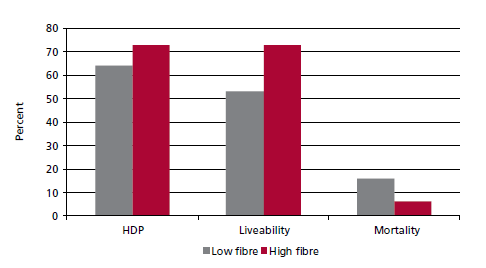
If on the other hand, as depicted in scenario 3, the feather pecking is associated with both increased feed cost and mortality, as is usually the case, the proceeds from egg sales plummet and, even though it is assumed that the labour costs have reduced because of having fewer birds, the profit will drop to 57 per cent relative to scenario 1. Scenario 4 is that in which nutritional strategies have successfully decreased feed consumption by five per cent (relative to scenario 1) and modestly increased egg production by two per cent (relative to scenario 1), and consequently increased the profit by 20 per cent relative to scenario 1.
The economics presented above show how the previously discussed nutritional strategies can increase the profitability of a free-range egg laying operation. The increased profit is derived largely from a slight reduction in feed consumption, which is by far the major contributor to the total cost of production. As shown in Figure 1, when any factor reduces the welfare in the flock, the nutritional requirement increases, and the increase is met either by increased nutrient intake or decreased production. In each case, there is an increase in the cost of production and by extension a reduction in the profit and hence there are incentives to reduce the cost of production in order to make free-range production more profitable.
Conclusion
Admittedly the causes of feather pecking in hens are many and it can be expected that it will take more than one intervention to address the issue. Nevertheless, there is no doubt that nutritional factors are important when addressing the problem. The importance of the nature and level of dietary protein as well as provision of dietary fibre to address feather pecking have been presented here. How these dietary factors help address feather pecking problem is not completely understood but there are reasons to believe that there are physiological as well as nutrient- and time-budget aspects to the interventions. Therefore consideration needs to be given to the importance of protein in free-range poultry as well as the types of feedstuff that are used in feed formulation. These nutritional interventions should be part of a good management practices approach to addressing the issue of adequate welfare in free-range poultry.
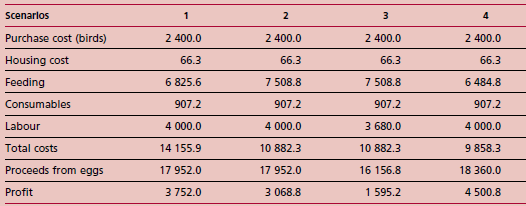
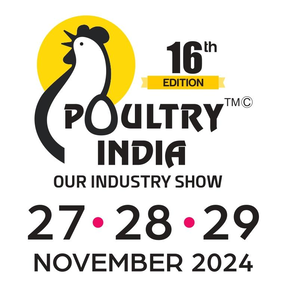








.jpg)

